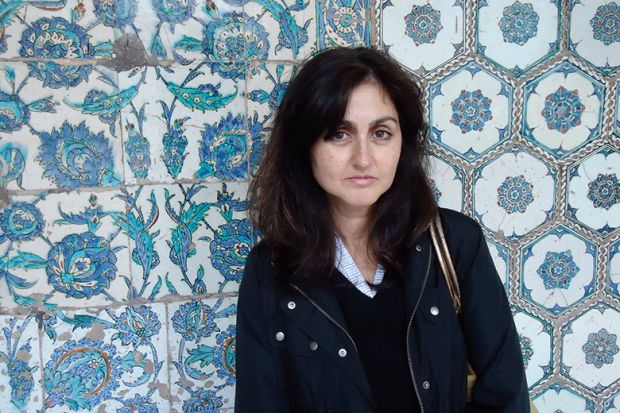What sort of books inspired you as a child?
I had a 1924 volume of Greek myths, illustrated by Margaret Evans Price, which was a treasured possession in my childhood. I loved anything about ancient Greece, but I read any stories with historical settings, such as E. Nesbit’s The Story of the Amulet, as well as fantasy stories such as the works of J. R. R. Tolkien and C. S. Lewis.
You have worked as an archaeologist in Iraq, Syria and Turkey. Which books first spurred your interest in archaeology?
The first archaeology book I had was an Arabic book about ancient civilisations written for young students by the renowned Iraqi archaeologists Fuad Safar and Taha Baqir. It was mostly about the ancient Near East, Mesopotamia, Syria and Egypt, with short chapters at the very end about Greece and Rome. The illustrations were faded images in black and white, but the book was wonderful.
Which book offers the most vivid descriptions of the pleasures and pains of archaeological fieldwork?
The best book about archaeological fieldwork has to be Murder in Mesopotamia by Agatha Christie, because she lived at dig sites in Iraq with her husband, the archaeologist Sir Max Mallowan, and spent her days describing life at an excavation. The characters she invented were based on people out there in the field.
Your new book, ‘Mesopotamia’, surveys the art of the region all the way from 8000BC to the advent of Islam in the 7th century. What general historical accounts would you recommend to non-specialists?
The best general introduction to the history of Mesopotamia is Marc Van De Mieroop’s A History of the Ancient Near East. It covers a long and complicated chronological span from 3000-323BC in a clear and accessible narrative account. It’s a great read.
What is the latest book you gave as a gift, and to whom?
I recently gave my son an old copy of Thomas Mann’s The Magic Mountain, which in many ways is a book about time. The copy I had once belonged to the late Edward Said. I also gave the British Museum’s anthology of Persian Love Poetry, translated by Vesta Sarkhosh Curtis and Sheila Canby, to a young friend.
What books do you have on your desk waiting to be read?
On my desk waiting to be read is The Surviving Image: Phantoms of Time and Time of Phantoms by Georges Didi-Huberman. It’s a book about the pioneering interdisciplinary art historian Aby Warburg’s idea of the lives of artworks. I’m also about to reread Dostoevsky’s The Brothers Karamazov.
Zainab Bahrani is Edith Porada professor of art history and archaeology at Columbia University, New York. Her latest book is Mesopotamia: Ancient Art and Architecture (Thames & Hudson).
Register to continue
Why register?
- Registration is free and only takes a moment
- Once registered, you can read 3 articles a month
- Sign up for our newsletter
Subscribe
Or subscribe for unlimited access to:
- Unlimited access to news, views, insights & reviews
- Digital editions
- Digital access to THE’s university and college rankings analysis
Already registered or a current subscriber?
